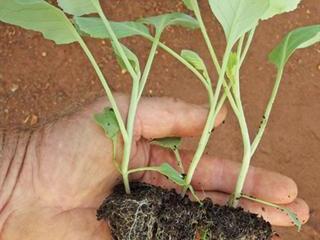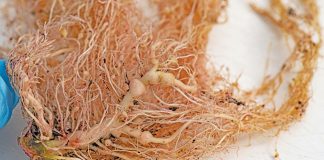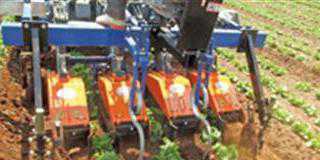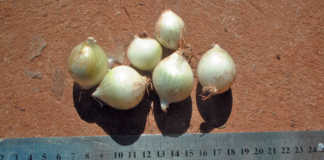
What you have in mind as the ‘ideal’ type may not be suitable for your requirements. The first point to note is that, in the right environment, a young, actively growing seedling, which has just reached manageable size, is your best bet. This is because the seedling will more than likely simply continue growing in the land.
But what if you’re planting in very hot conditions where irrigation can’t be used as and when necessary? In such conditions, the actively growing seedling will shrivel and die. Instead, you need a hardened plant which has essentially stopped growing in the nursery and has built up thick leaves and a hard stem. This plant will survive, but will take off very slowly, as hardening of plants and then kick-starting them into growth again takes some time – and patience.
Plant origins
The ancestors of modern vegetables originated in the wild and have been cultivated over countless generations to suit our needs. In the wild, they developed traits which enabled them to withstand all sorts of adverse conditions through natural selection. The plant had to change its growth pattern with caution, making sure that the event necessitating this was not just a once-off occurrence.
When you take a plant which has been hardened by subjecting it to one or more stresses, it will not necessarily just take off after the first irrigation, as the survival mechanisms are still functioning. Nevertheless, you may be satisfied with achieving a full stand under harsh conditions.
The point is, it’s better to get a slow start from a hardened plant than to lose many plants which can’t withstand the harsh conditions. These are two extremes. Many farmers will be better off with something in-between. The first priority is to have a full stand. Lose plants and you have lost production potential.
But the story doesn’t end there. When you get to a threshold where plants may die by being insufficiently hardened, you’ll also have many plants which may not die, but will have to cope with to the setback. This results in uneven growth between the plants which took off well and those which just managed to survive. An uneven stand will be difficult to manage.
Also remember that when plants are on the soft side, these are invariably from seedlings grown under some sort of protection – usually shade or hail netting – which restricts a percentage of sunlight. When you transplant into open lands, the plants are subjected to more intense light. This, together with handling, provides a degree of ‘transplant shock’. Under such conditions, if a soft transplant gets slightly dry, it will get some sunburn damage, which sets it back.
Transplant size
The size of the transplant is also a factor. The size of the compartment in the seedling tray restricts the amount of water that it can hold. As the seedling grows, the ratio of leaf to soil becomes increasingly unbalanced. A large seedling of equal hardness to a small seedling will wilt much sooner due to its larger leaf area transpiring moisture into the air.
A smaller, soft seedling is thus safer to plant. But often the smaller seedling has insufficient roots to ‘grasp’ the medium – and so the roots become exposed and more easily damaged during transplant. This problem can be overcome by adding sifted cattle manure to the growing medium. It can make up to a third of the volume.
This makes a huge difference to early root development and very small seedlings can have a full plug of roots. There are also other organic products which stimulate more vigorous root growth. All these factors will help to establish a full, uniform stand, which is the foundation of a good crop.
Contact Bill Kerr on 016 366 0616 or at [email protected]. Please state ‘Vegetable production’ in the subject line of your email.













